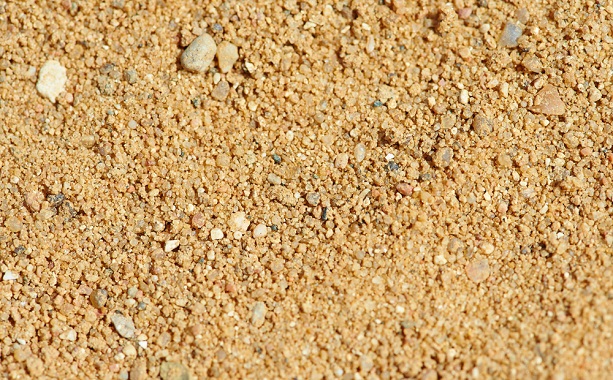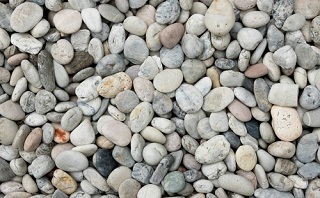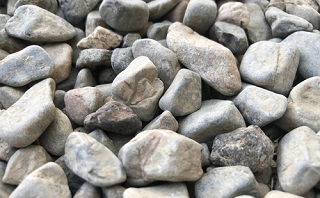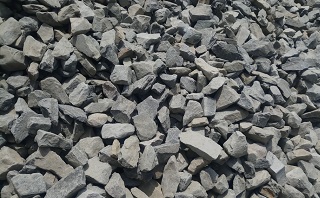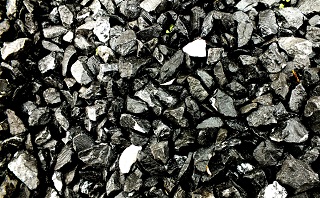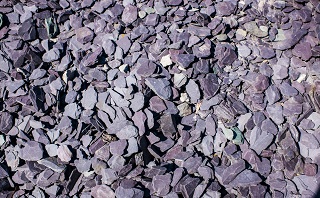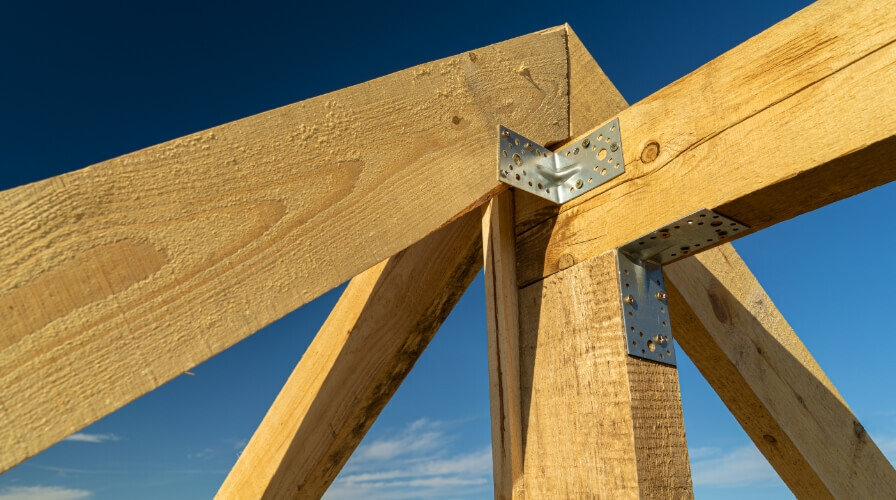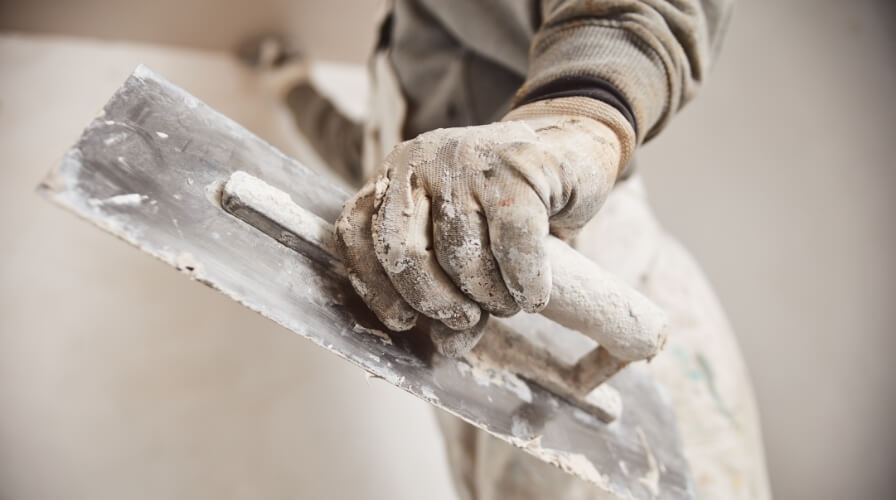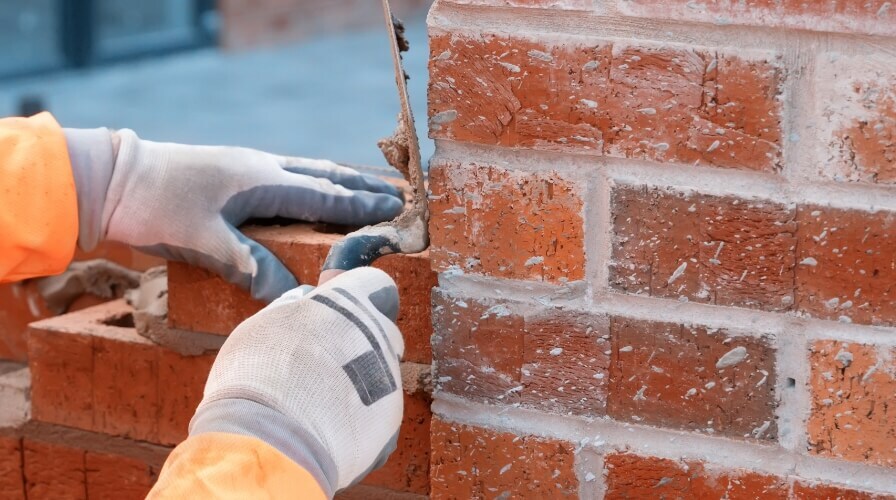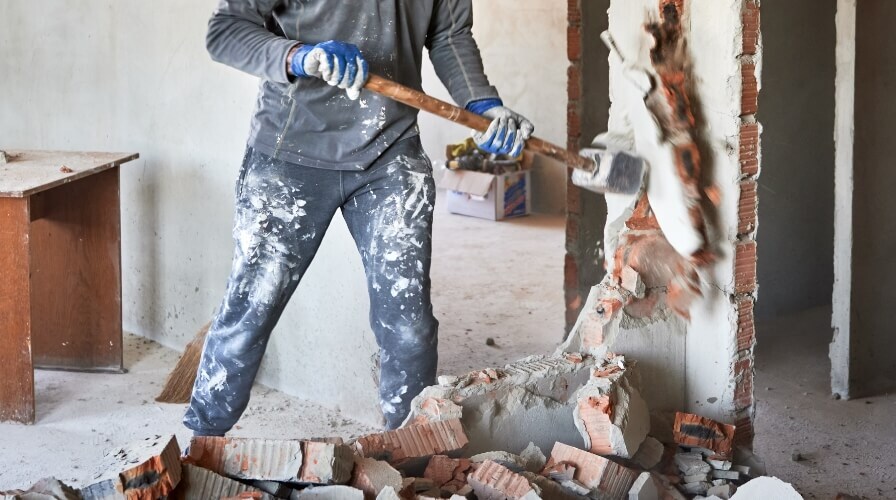What to look for in quality aggregate
It’s not just the shape and size of an aggregate that can affect the character and performance of a concrete mix. Other factors you need to consider when selecting good-quality aggregates include
- Abrasion and skid resistance
- Absorption and surface moisture
- Durability and toughness
- Grading
- Unit weights and voids
The gradation of aggregates is the particle size distribution, measured using a sieve analysis. Look for well-graded aggregates, meaning they strongly represent the particles across all sizes. This will ensure minimum voids in the concrete mix and won’t demand as much cement.
Use a moisture meter to check the aggregate’s surface moisture content and absorption. This will affect the amount of water needed for a concrete mix — aggregates that absorb water by more than 10% of their weight are porous and considered unsuitable for concrete.
Durability and toughness are other important factors to consider. Think of the heavy impacts that pavements and buildings are subjected to — footfall, moving wheels, weather conditions, etc. Robust construction aggregate should have a rough surface texture and be clean, free of harmful chemicals, dirt particles or clay coatings that can cause deterioration and reduce the paste-aggregate bond.
While a smooth surface texture can improve workability, a rough surface generates a stronger bond between the paste and the aggregate, enhancing the concrete’s strength.
Aggregates used in concrete that are constantly subject to abrasions, such as heavy-duty floors or pavements, need excellent wear and tear resistance. This also helps maintain the skid resistance required for pavement mixtures.
Aggregate quality control
The two main factors impacting aggregate quality are where they come from and how they are processed.
You can check the performance history of the local aggregate to gauge how well the material has performed.
Choose aggregates with good quality counts verified by regular test results in compliance with concrete aggregates specification ASTM C33. This outlines the requirements for grading and quality of fine and coarse aggregate for use in concrete.
For a good concrete mix, aggregates should be free from dirt and other impure material, as they cause the concrete to deteriorate. Aggregates must be dry and clean before use.. Use aggregates that are clean, hard, and strong with durable particles.
Aggregates are only as good as their processing, but you can still oversee them with these checks to ensure they have consistent, predictable, and uniform material properties.
Remember, the most important physical characteristics of quality aggregates are interrelated. They will have sufficient durability, contain fewer voids, be strong enough to bear the strength, and show good abrasion resistance.

